 |
Image credits: Photos published with kind permission from Lensrentals.
Over on ‘The Desk of a Humble Genius,’ Roger Cicala of Lensrentals has ‘finally’ taken apart the Nikon Z 24–70mm F2.8 lens and shared both his insights and images from the experience.
As the original title of the teardown, ‘Lens Disassembly is a Complicated Profession. Don’t You Agree?,’ alludes to, this particular disassembly proved to be a challenging one, which par for the course with Nikon lenses, according to Roger. In his own words, Roger says ‘Nikon lenses have always been a bit “old fashioned” and different from other SLR lenses,’ but this review comes with a very clear warning to ‘not get your lens and screwdriver and follow along at home,’ because ‘Bad things might happen. Bad. Things.’
The teardown starts off with what is about the only negative thing Roger has to say about the lens—the felt around the lens hood, which he feels peels up too easily isn’t up to the quality of the rest of the lens.
 |
From there, it’s onto the mount, which was dissected one screw and ribbon cable at a time. Upon removing the mount itself, Roger noticed it was particularly difficult to get off. This was due to an inner lip that rests against the rear barrel of the lens. Roger says ‘This might be to keep the bayonet centered, for a dust seal, to provide a little extra strength, or just because it looks cool,’ but notes regardless of the exact reasoning, ‘it seems like an all-around good idea.’
Moving along, Roger removed the rear piece of the lens barrel to reveal the A/M focus switch and the optical sensor the control ring uses. Each piece removed reveals a healthy amount of weather sealing gaskets, as well as numerous electrostatic discharge (ESD) cushions under the exterior of the lens.
 |
With the rear barrel off, Roger gets into the internals of the lens, which proved to be a pleasant surprise. In his own words:
‘OK, let’s take a moment for me to give some props. Forever, during Nikon tear-downs, I’ve made snarky comments about the old-fashioned look they have inside; soldered wires here and there, flexes wandering aimlessly, random secondary circuit boards, etc. Well, no more. Look at this engineering right here: neat flexes running directly where they’re heading placed in recessed channels in the barrel and thoroughly taped in place. Superb! Nikon has clearly modernized and spent time and effort in making a clean, well-engineered layout for the electronics. I’ve been asking for that for years, and Nikon delivered.’
The PCB itself also proved to be quite minimal, at least compared to the one found inside the Canon RF 70–200mm F2.8 lens Roger tore down a few weeks back. In the past, Nikon has used secondary circuit boards in the lenses to beef up the processing capabilities, but Roger notes there wasn’t another one inside this lens, suggesting the camera handles a generous amount of the processing power.
 |
After a few other auxiliary bits, it was onto the removal of the next piece of the lens barrel. Unfortunately, this is where Roger and Aaron ‘ran into the “be careful what you wish for; you might get it” conundrum.’ It turns out one of those nicely-organized flex cables ran down to the display unit of the lens and refused to budge when attempting to lift the barrel.
 |
| A syringe full of rubbing alcohol isn’t something you usually want to see during a lens teardown. |
‘Rule 63 of taking apart lenses is “thou shalt not tug a flex”; because tearing a flex is bad,’ says Roger in the teardown post. ‘[But] on Nikon lenses, because we can’t buy parts, tearing a flex is very bad.’ After countless attempts to use different means of removing the flex cable to avoid tugging, Roger and Aaron decided they were sick of holding off lunch and decided to use a little rubbing alcohol in a syringe to ease the adhesive from the back of the ribbon cable. After a little bit of pulling, the barrel was off and they were on their way.
 |
Roger hits on a number of other interesting tidbits about the buttons on the lens and the unusually-bright neon-yellow tape strategically-placed throughout the lens. The zoom barrel proved to be weather-sealed incredibly well and the zoom position sensor Nikon uses is an upgrade from the traditional metal brushes it’s used in the past.
The remainder of the lens disassembly proved to be a doozy, with excellent build quality proving time and time again to be a double-edged sword for Roger, who seemed to be as challenged as he was impressed.
While we’ll leave the rest of the humor, photos and details to Roger in his full write-up, here are a few other notable details discovered throughout the remainder of the teardown process:
- Breaking the front filter thread of the lens is going to be a very expensive fix, as the entire front barrel is a single piece, rather than a piece simply held on with a few screws.
- Aaron had to put on gloves during the assembly, which in Roger’s own words means ‘shit’s getting real’
- The aperture diaphragm assembly is a combination mechanical/electronic aperture with very tight tolerances
 |
When all was said and done, this teardown proved to be the longest ever—and that’s before Aaron had to piece it all together. The good news is, it (mostly) took so long because Nikon went above and beyond when engineering this lens.
Roger says these new Nikon Z lenses are a far cry from their F-mount counterparts and much like Canon’s RF lenses, are likely completely new optical designs made in-house. He notes ‘The engineering itself is incredible in most ways [and] the neatly laid out and solidly adhered flexes reflect the careful design.’
To see all of the images and read more in-depth knowledge shared by Roger, head on over to the Lensrentals blog.
Articles: Digital Photography Review (dpreview.com)
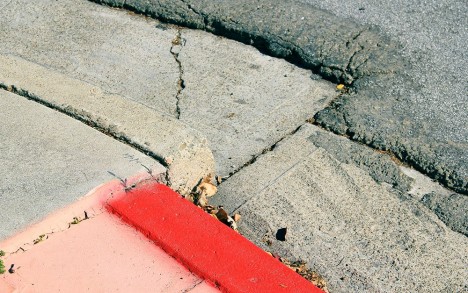
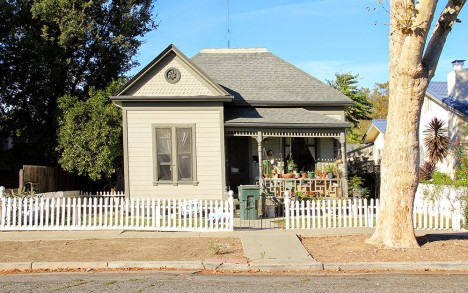
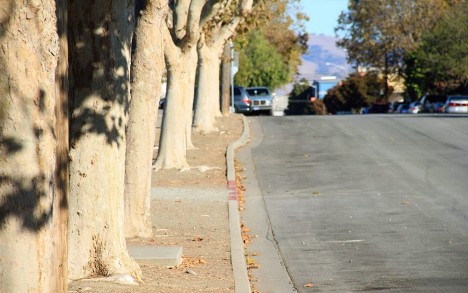
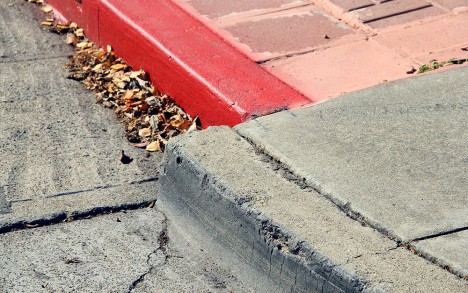
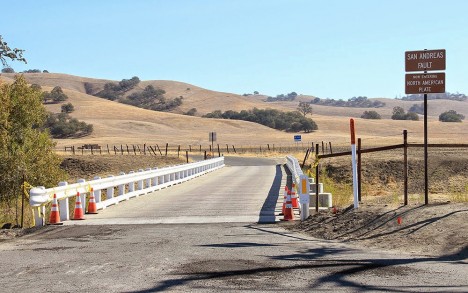
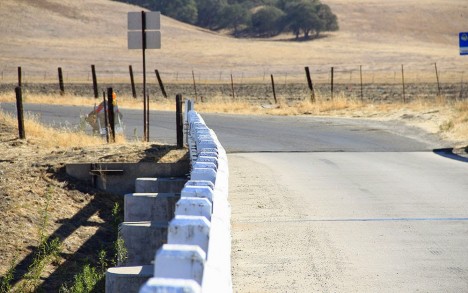
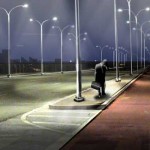






You must be logged in to post a comment.